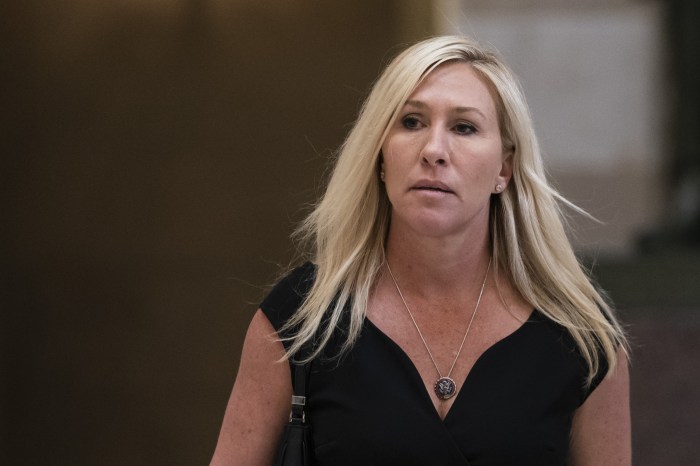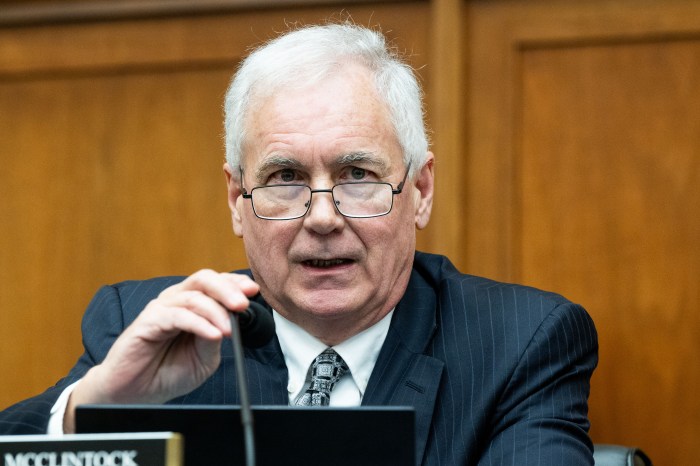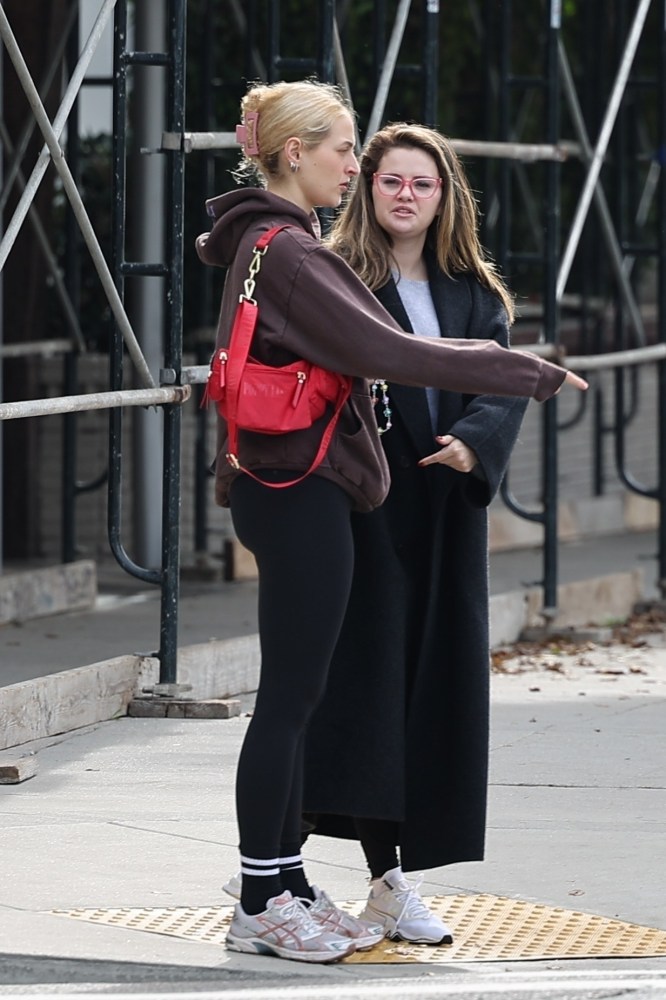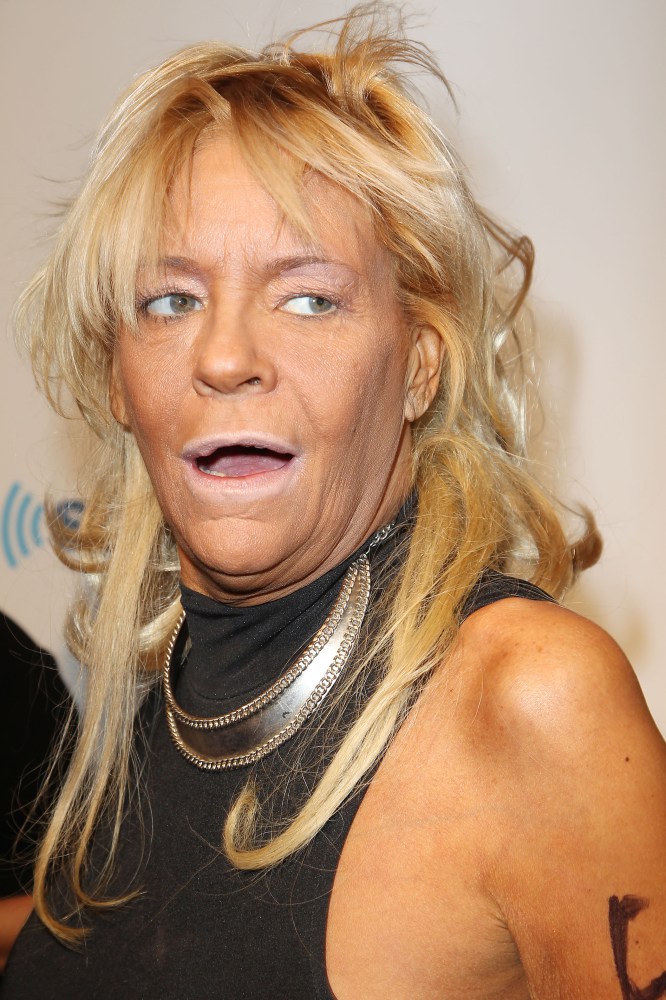Bindi Irwin has been privately dealing with "indescribable" pain for a decade.
In a lengthy Instagram post on Tuesday, March 7, the former "Dancing With The Stars" champion opened up about her 10-year battle with endometriosis, revealing she tried to keep her health condition out of the public eye. Ultimately, Bindi felt a responsibility to share the story to help other women.
"For 10yrs I've struggled with insurmountable fatigue, pain & nausea. Trying to remain a positive person & hide the pain has been a very long road. These last 10yrs have included many tests, doctors visits, scans, etc.," she wrote.
During the past decade, doctors have told Bindi she had run-of-the-mill symptoms, but the pain never went away. She just tried to "function through the pain." Bindi was eventually helped by a friend and decided to undergo surgery for endometriosis.
Alongside a picture from a hospital bed, the daughter of the late "Crocodile Hunter" wrote, "Going in for surgery was scary but I knew I couldn't live like I was. Every part of my life was getting torn apart because of the pain."
The mother-of-one told her 5.1 million Instagram followers that doctors found 37 lesions and a "chocolate cyst." The surgeon even wondered how she lived with so much pain for so long, she said, adding, "validation for years of pain is indescribable."
 John Salangsang/Shutterstock
John Salangsang/Shutterstock
After thanking her inner circle, Bindi, 24, dished out some perspective.
"Things may look fine on the outside looking in through the window of someone's life, however, that is not always the case. Please be gentle & pause before asking me (or any woman) when we'll be having more children," she said. "After all that my body has gone through, I feel tremendously grateful that we have our gorgeous daughter. She feels like our family's miracle."
In sharing her story and trying to get rid of the "stigma" surrounding endometriosis, Bindi added, "Let this be your validation that your pain is real & you deserve help."
According to Endofound.org, endometriosis, a painful menstruation disease, affects an estimated 200 million women worldwide and approximately one in 10 women in the U.S. The org adds that the disease occurs "when tissue similar to the interior lining of the uterus, or endometrium, mistakenly migrates and implants in areas outside the uterus, primarily in the pelvic region."























































